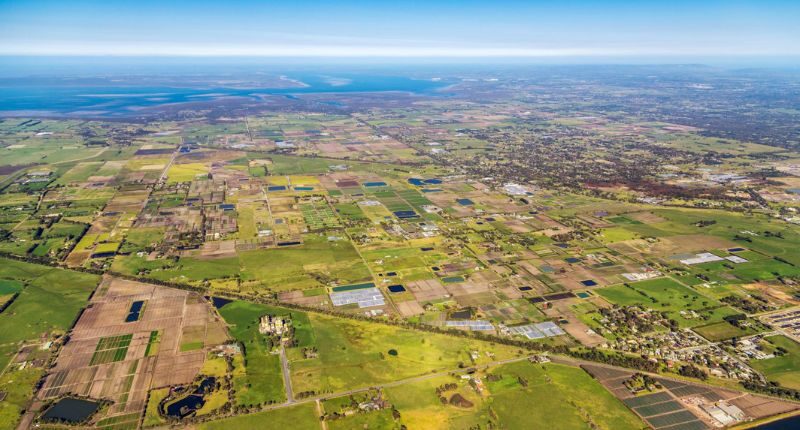
- Sales for Q4 2022 were 10% above the previous market low
- The 12 month rolling average is down 70% YoY
- Market to rebound in the near future
RPM Group‘s latest Greenfield Market Report has found sales have fallen across Melbourne’s and Geelong’s growth corridors, with several factors driving the reduced sales.
Among other highlights for Q4 2022, the report found median lot sizes grew for the first time since mid-2020, and the market may be nearing the bottom.
2022 closes out with a sales slump
RPM data showed Q4 2022 closed out with fewer sales for the Melbourne and Geelong growth areas, down to 2,054, with the rolling 12-month average found to be down 70% year-on-year to 14,567.
RPM Managing Director Project Marketing, Luke Kelly, said Q4 sales results showed affordability remained the market’s major challenge with customers taking longer to make a commitment due to the rising cost of living and ongoing interest rate hikes.
“Days on market has ballooned to 79 days as a consequence of prospective buyers watching and waiting on the sidelines and spending longer researching new communities, building costs and spending longer with financial institutions before making a purchasing decision,” Kelly said.
“In the South East the days on market has doubled to 109 compared to the previous quarter, which is a massive shift.
“Lot sales activity is likely to struggle to gain momentum for the first six months of the year as people tighten their spending belts and banks reduce their borrowing capacity compared to six months before.”
The latest sales dip was noted to be 10% higher than the previous cyclical low of 1,865 lots, recorded at the end of 2019’s second quarter. With that in mind, the report noted the Victorian greenfield market may be nearing the bottom.
Kelly said while the market had entered a trough, there were encouraging signs that indicated a positive outlook over the medium-to-long term.
“The RBA has announced a ninth straight increase to the official cash rate to 3.35 per cent, which is a decade long high, however it also widely believed inflation peaked in December and is anticipated to start gradually easing through the back half of 2023, which should start to alleviate some cost of living pressures for buyers.
“Historically, consistent growth follows a downturn in the Melbourne market, although government stimulus can drive more rapid growth, which occurred after the second quarter of 2019 when sales rebounded significantly the following quarter.”
Kelly said in each case the rebound was underscored by strong underlying demand, which built up during the market trough to fuel a rapid increase in sales.
He said it was telling that investors were returning in force to the market making up 30 per cent of buyers during the December quarter.
“They know the current period represents a lull in the market and are buying to ensure they get ahead of the curve so they are in a good position when the recovery comes,” Mr Kelly said.
Lot sizes grow and migration to improve sales
RPM’s report also found that the median lot size rose slightly to 358sqm, pushing the median lot price up 1.5% to a new record of $382,000.
Kelly also noted that increasing overseas migration to Victoria would also bolster demand and provide attractive conditions for purchasing new homes, with low rental vacancies and rising rents potentially providing a boost to sales activity from inner city residents looking to move to the growth corridors.
Among other areas to watch: townhomes have continued to perform well relative to houses and units with pricing above 2020 despite some softening in the market.







